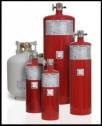We inspect all of these, we repair them, we also install and replace defective fire Protection equipment.
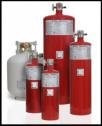
Dry chemical fire extinguishers put out fire mainly by interrupting the chemical reaction of the fire triangle. The most widely used type of fire extinguisher is the multipurpose dry chemical that extinguishes Class A, B, and C fires. This works by creating a barrier between the oxygen and fuel elements on Class A fires.
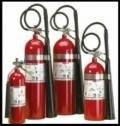
Carbon dioxide extinguishers works by taking away the oxygen element of the fire triangle and by removing the heat using a very cold discharge. This type of fire extinguisher can be used in Class B and C fires and is usually ineffective on Class A fires.

This type of fire extinguisher is the most preferred for commercial kitchens. This is easy to use and effective in handling difficult types of cooking fire hazard situations. It is suited to supplement fire suppressions systems for addressing Class K combustible kitchen cooking fires.
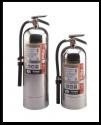
Foam extinguishers put out fire by taking out the heat element of the fire triangle. Foam agents also separate the oxygen element from the other elements.

Clean agent extinguishers include halon agents as well as the newer and less ozone-depleting halocarbon agents. They extinguish fires by interrupting the chemical reaction and removing the heat from the fire triangle. These are effective on Class A, B, and C fires.
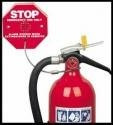
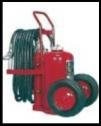
These can be used for situations when you need a larger extinguishing unit. Wheeled units can hold more extinguishing agent than its hand-held counterpart. While they are larger than other extinguishers, they are still portable and can be moved to the area of the fire.
